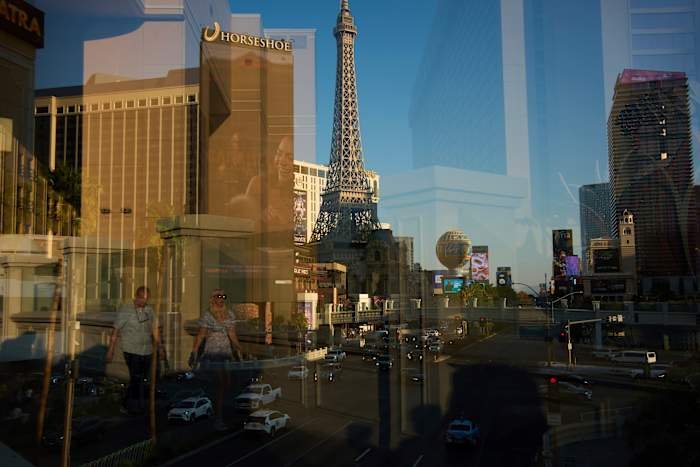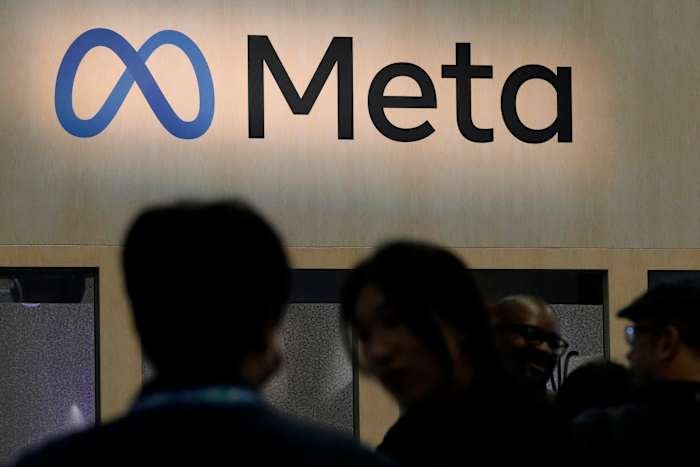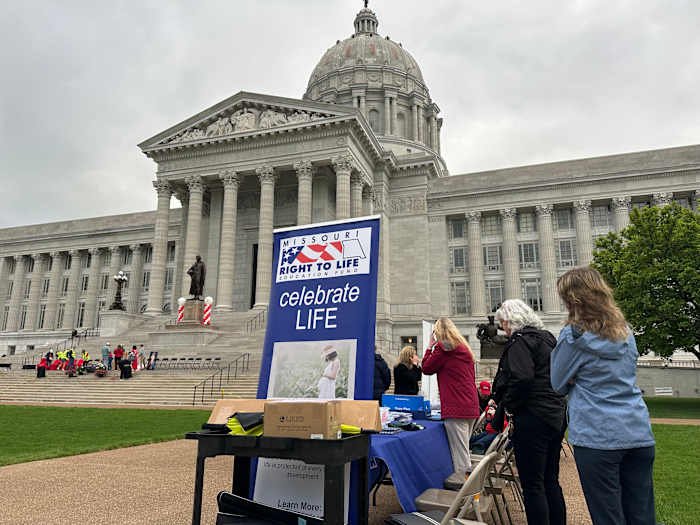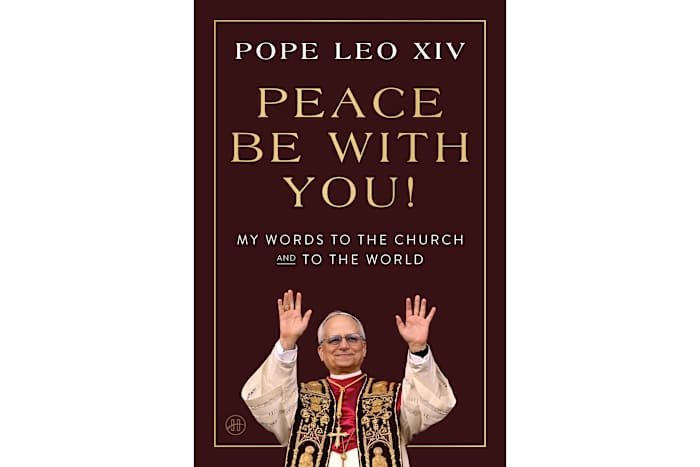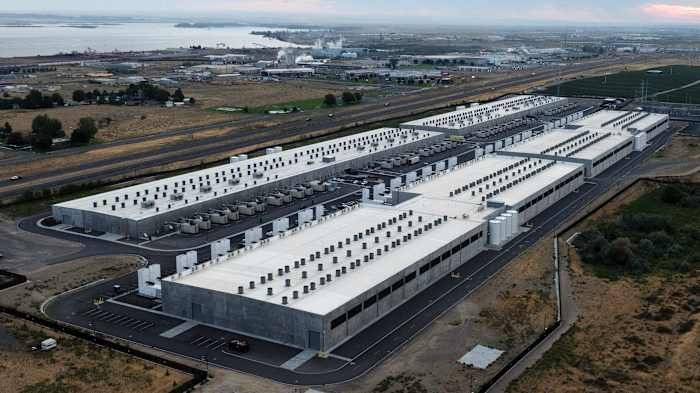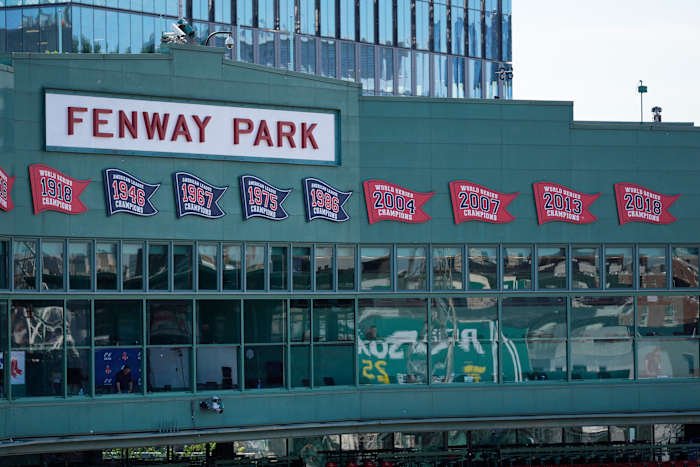Tourism in Las Vegas is showing signs of strain this summer. With visitor numbers dropping, especially from international travelers, experts and business owners are pointing fingers at national policies like tariffs and tougher immigration rules. While the headlines might focus on the Las Vegas Strip, the ripple effects could reach tourism hotspots like Orlando as well. In this post, we’ll explore why Las Vegas is seeing fewer guests, what role federal policies play, and what this trend could mean for Orlando’s own tourism industry.
Summer Slowdown: The Numbers Behind the Decline
The summer of 2024 has been unexpectedly rough for Las Vegas tourism. Recent reports from resorts, hotels, and convention centers indicate a measurable dip in occupancy rates and visitor spending compared to last year. The Las Vegas Convention and Visitors Authority noted a decline in international arrivals, with some resorts reporting a 10% drop in bookings from overseas guests. Convention attendance, a cornerstone of Las Vegas tourism, has also shrunk, with several high-profile expos citing lower registration numbers.
This trend comes as a surprise, especially considering the post-pandemic rebound in travel many destinations, including Orlando, enjoyed in 2022 and 2023. While domestic tourism is holding steadier, the international market—which typically spends more per visit—has not rebounded as expected. The slump is raising concerns not just for Las Vegas, but for other major tourist destinations that rely on global visitors to fuel their economies.
Tariffs and Immigration: Policies Under the Microscope
So, what’s behind the slump? Many business owners and analysts are pointing to two key federal policies: tariffs and tightened immigration measures introduced during the Trump administration and sustained in various forms since. Tariffs on goods from key countries, particularly China and European nations, have raised the cost of travel for many international visitors. Higher prices for flights and imported goods mean less discretionary spending on travel, dining, and entertainment.
Meanwhile, stricter visa requirements and heightened scrutiny at U.S. borders have made it harder for foreign tourists to visit. Delays in visa processing and a perception of being unwelcome are deterring some travelers from choosing the U.S.—Las Vegas included—as their vacation or convention destination. According to the U.S. Travel Association, international visitation nationwide remains below pre-pandemic levels, with policy uncertainty often cited as a top concern.
Orlando, too, is not immune from these trends. As a city heavily reliant on international tourists for its theme parks, conventions, and hospitality sector, any national policy that discourages inbound travel can have a direct local impact. Industry leaders in Central Florida are watching the Las Vegas situation closely, hoping to avoid a similar slowdown.
How the Las Vegas Slump Could Affect Orlando
While Las Vegas and Orlando cater to different travelers—Vegas with its casinos and nightlife, Orlando with its world-famous theme parks and family attractions—they share a dependence on global tourism. A sustained decline in international arrivals out west could signal potential trouble for Orlando’s own tourism economy.
Fewer international visitors mean less spending at local businesses, from restaurants to retail, and could lead to reduced tax revenue for city projects. The convention industry is particularly vulnerable. If companies start moving their conferences to destinations outside the U.S. due to easier visa policies or lower costs, both Las Vegas and Orlando stand to lose out.
On the flip side, Orlando has some advantages. The city’s robust domestic tourism market and strong branding as a family-friendly destination have helped cushion the blow from international slowdowns in the past. However, local leaders are urging vigilance and advocating for more welcoming national policies to keep Orlando competitive on the global stage.
What’s Next for U.S. Tourism Destinations?
Industry experts suggest that reversing the current tourism slump will require a combination of policy changes and targeted marketing. Easing tariffs and streamlining visa processes could make the U.S. more attractive—and accessible—to international travelers. Already, some trade groups and tourism boards are lobbying lawmakers for reforms that would simplify entry requirements and promote the U.S. as a welcoming destination.
For Orlando, the key will be to double down on its strengths while remaining agile in the face of national policy shifts. Local tourism agencies are ramping up their outreach campaigns in Canada, the UK, and Latin America, hoping to offset declines from Asian and European markets. Collaboration with other major cities, including Las Vegas, may help amplify the message that America is open for business—and for fun.
Conclusion: Orlando’s Tourism Future in a Shifting Landscape
Las Vegas’s tourism slump serves as a warning sign for Orlando and other U.S. travel destinations. While policy decisions made in Washington, D.C. may feel distant, their effects are being felt in hotel lobbies and convention centers across the country. As Orlando continues to welcome millions of visitors each year, staying informed and adaptable will be key to maintaining the city’s global appeal.
What do you think—are tariffs and immigration policies impacting tourism here in Orlando? Have you noticed changes in the types of visitors in our city? Leave a comment below and join the conversation!

